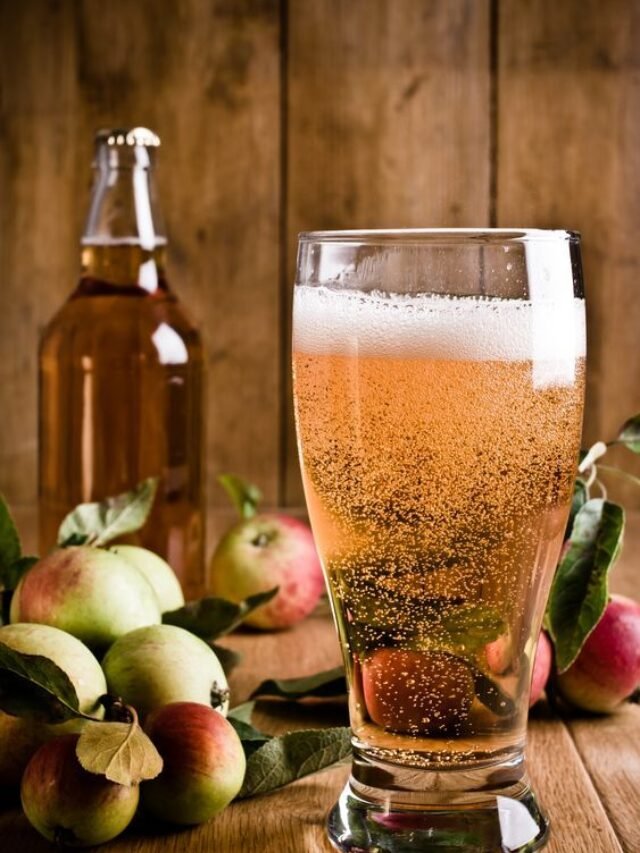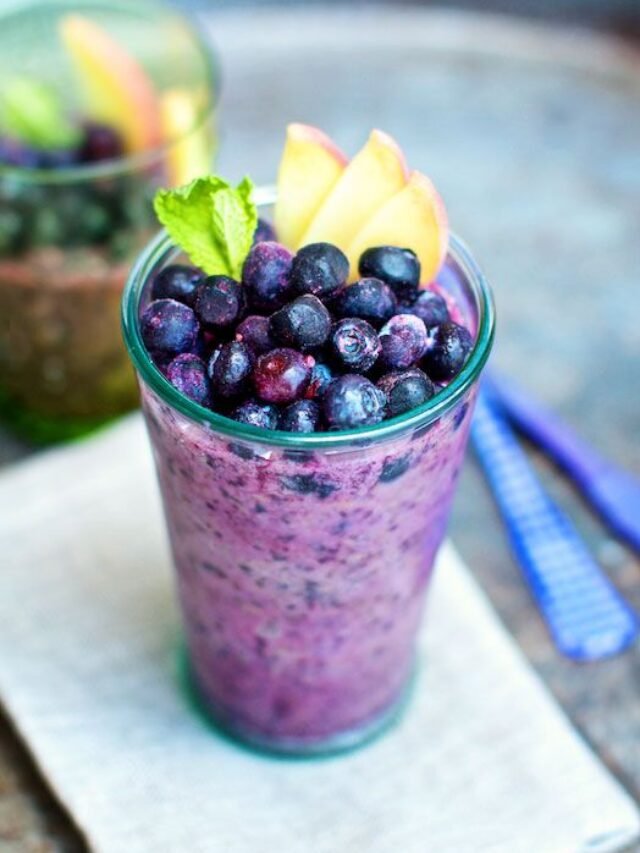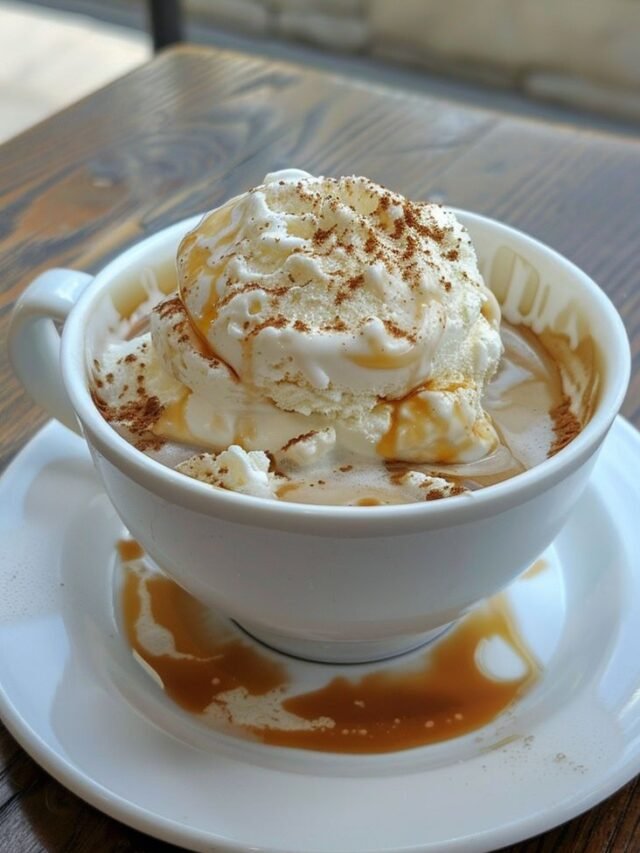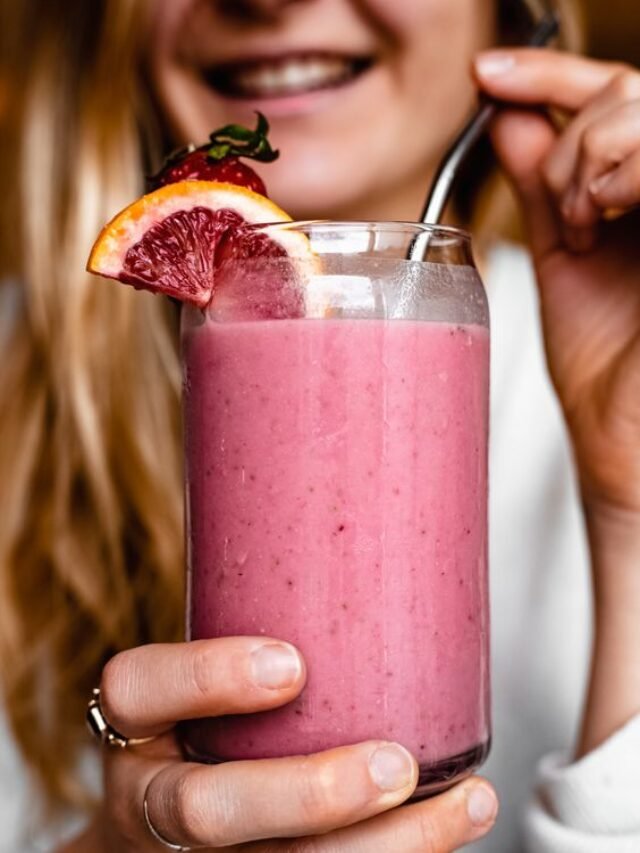In recent years, the popularity of veganism has surged, leading to a remarkable increase in demand for plant-based alternatives to traditional ingredients. One such staple is mayonnaise, a creamy and versatile condiment beloved for its ability to enhance sandwiches, salads, and dips.
While store-bought vegan mayo options abound, many contain additives and preservatives that may not align with your dietary preferences or health goals. Fortunately, crafting your own vegan mayo at home is not only simple but also allows you to customize the flavor and texture to suit your taste buds perfectly.

In this comprehensive guide, we’ll delve into everything you need to know to whip up a batch of delectable homemade vegan mayo that will elevate your culinary creations to new heights.
Looking for more recipes like this one ? Don’t miss this The Best Ever Vegan Fruit Cake , How to make Pineapple upside down cake with cake mix , Banana Bread Recipe with Sour Cream , Smitten Kitchen Banana Bread Chocolate , Banana Bread Recipe no nuts , High altitude sourdough bread recipe , Easy Banana Bread Recipe 2 Bananas , Small Banana Bread Recipe , Chocolate Chip Banana Bread Recipe 2 Bananas
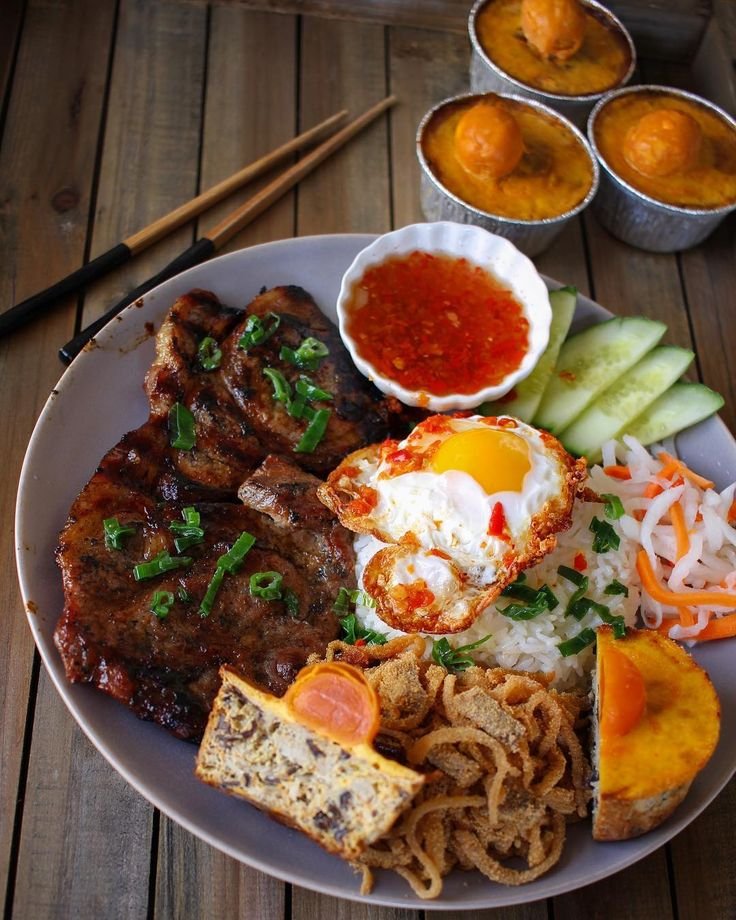
What Sets It Apart?
Before diving into the recipe, it’s essential to understand what distinguishes vegan mayo from its traditional counterpart.
While classic mayonnaise typically contains eggs as a primary ingredient, vegan mayo eschews animal products altogether.
Instead, it relies on plant-based ingredients to achieve a similarly rich and creamy consistency.
The key components of vegan mayo typically include a base such as soy milk, almond milk, or aquafaba (the liquid from canned chickpeas), along with oil, vinegar or lemon juice, mustard, and seasonings.
This plant-powered alternative not only caters to vegans and vegetarians but also appeals to individuals with egg allergies or dietary restrictions.
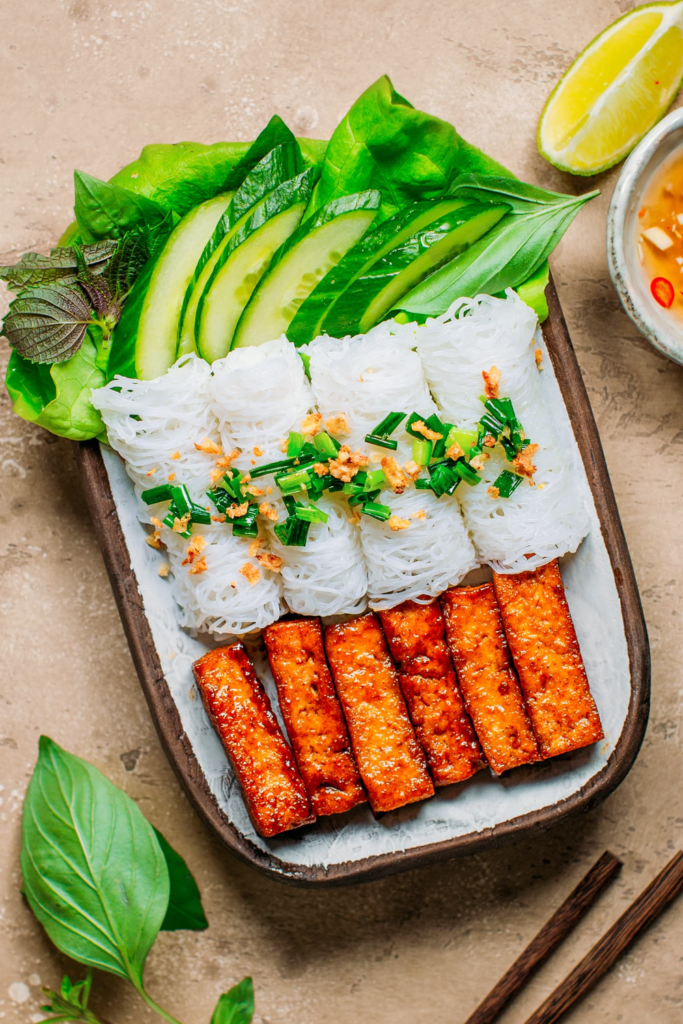
The Benefits of Homemade Vegan Mayo
While store-bought vegan mayo may offer convenience, crafting your own version at home boasts numerous advantages. Firstly, homemade vegan mayo allows you to control the quality and freshness of the ingredients, ensuring a healthier and more flavorful end product.
Additionally, making your own mayo empowers you to experiment with various flavor combinations, from tangy lemon-garlic to smoky chipotle.
By customizing the recipe to suit your preferences, you can elevate your meals with a personalized touch that simply can’t be replicated by store-bought varieties.
Lastly, DIY vegan mayo is often more cost-effective in the long run, as you can purchase ingredients in bulk and tailor the recipe to yield the desired quantity.
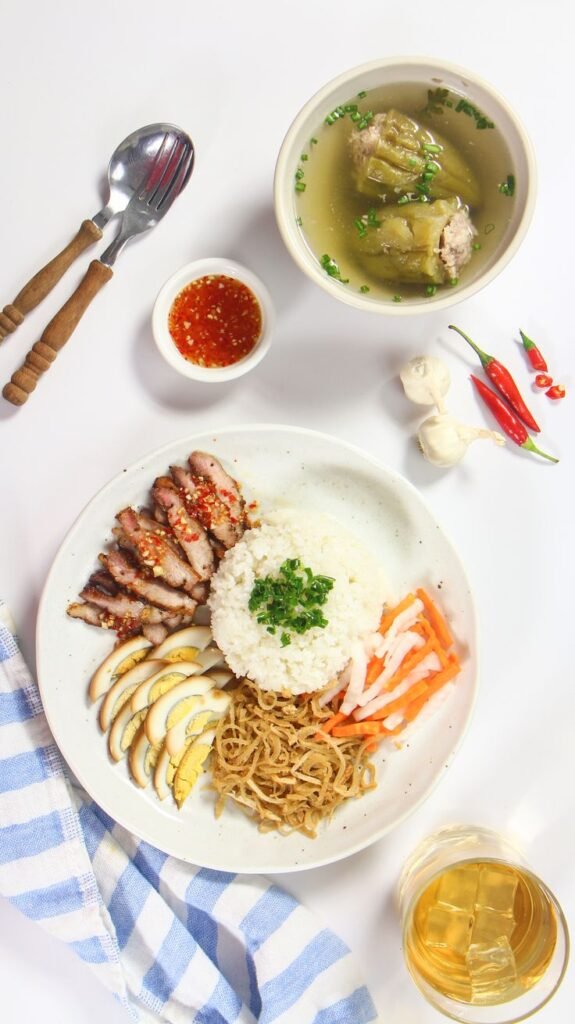
Simple Steps to Success
Now that we’ve explored the ins and outs of vegan mayo let’s get down to the nitty-gritty: the recipe itself. Below, you’ll find a foolproof method for crafting velvety homemade vegan mayo that’s sure to become a staple in your kitchen. Feel free to customize the seasonings and adjust the consistency to suit your taste preferences.
Ingredients:
- Unsweetened soy milk or almond milk
- Neutral-flavored oil (such as grapeseed or sunflower oil)
- Apple cider vinegar or lemon juice
- Dijon mustard
- Salt, or to taste
- Optional: 1-2 cloves garlic, minced (for garlic aioli variation)
- Optional: 1 teaspoon maple syrup or agave nectar (for a hint of sweetness)
Step by Step instruction
- Blend together 1/2 cup of unsweetened soy milk or almond milk, 1 tablespoon of apple cider vinegar or lemon juice, 1 teaspoon of Dijon mustard, 1/2 teaspoon of salt, and any optional ingredients such as minced garlic or sweetener until well combined.
- While blending, slowly drizzle in 1 cup of neutral-flavored oil (such as grapeseed or sunflower oil) until the mixture emulsifies and thickens to the consistency of traditional mayonnaise.
- Taste and adjust seasoning as needed, then transfer the vegan mayo to an airtight container and refrigerate for at least 30 minutes before use to allow flavors to meld. Enjoy your homemade vegan mayo on sandwiches, salads, or as a dip!
Tips for Success:
- Use a neutral-flavored oil to allow the other ingredients’ flavors to shine through. Avoid using extra virgin olive oil, as its strong flavor may overpower the mayo.
- For a thicker mayo, use a higher ratio of oil to liquid. Conversely, if you prefer a lighter consistency, decrease the amount of oil.
- Experiment with different seasonings and flavorings to customize your vegan mayo to suit various dishes. Try adding herbs like basil or dill, spices like paprika or cayenne pepper, or umami-rich ingredients like nutritional yeast or miso paste.
- Store your homemade vegan mayo in an airtight container in the refrigerator, where it will keep for up to one week. Be sure to give it a good stir before each use, as separation may occur over time.

Vegan Vietnamese Broken Rice
Ingredients
- ½ cup unsweetened soy milk or almond milk
- 1 cup neutral-flavored oil (such as grapeseed or sunflower oil)
- 1 tablespoon apple cider vinegar or lemon juice
- 1 teaspoon Dijon mustard
- ½ teaspoon salt, or to taste
Optional:
- 1-2 cloves garlic, minced (for garlic aioli variation)
Optional:
- 1 teaspoon maple syrup or agave nectar (for a hint of sweetness)
Instructions
- In a blender or food processor, combine the soy milk (or almond milk), apple cider vinegar (or lemon juice), Dijon mustard, salt, and any optional ingredients, such as minced garlic or sweetener. Blend on high speed until the ingredients are well combined.
- With the blender or food processor still running, slowly drizzle in the oil in a steady stream. Continue blending until the mixture emulsifies and thickens, resembling the consistency of traditional mayonnaise.
- Taste the vegan mayo and adjust the seasoning as needed, adding more salt, lemon juice, or mustard to suit your preferences.
- Transfer the homemade vegan mayo to an airtight container and refrigerate for at least 30 minutes to allow the flavors to meld and the mayo to firm up.
- Use your freshly made vegan mayo as a creamy spread for sandwiches, a base for salad dressings, or a dip for crudité platters. Enjoy the deliciousness guilt-free!
Video
Frequently Ask Question
1.What is Vietnamese broken rice called?
Vietnamese broken rice is called “Cơm Tấm.” It is a popular dish made from fractured rice grains, typically served with various accompaniments such as grilled pork, shredded pork skin, pickled vegetables, and fish sauce. Cơm Tấm is a staple street food dish enjoyed throughout Vietnam.
2.Why is broken rice called broken rice?
Broken rice is so named because it consists of grains that have fractured during the milling process, resulting in smaller, fragmented pieces. This breakage can occur due to mechanical processing or handling during harvesting, milling, or transportation. Despite its appearance, broken rice remains a popular culinary ingredient in many cuisines.
3.How do you eat Vietnamese broken rice?
To enjoy Vietnamese broken rice, start by placing a portion of broken rice on your plate. Then, add desired accompaniments such as grilled pork, shredded pork skin, pickled vegetables, and fish sauce. Mix everything together and savor the flavors, traditionally eaten with chopsticks and a spoon.
4.Is broken rice good for health?
Broken rice offers similar nutritional benefits to unbroken rice, including carbohydrates, fiber, and some essential vitamins and minerals. While broken rice may have a slightly higher glycemic index due to its smaller grains, it can still be part of a balanced diet when consumed in moderation alongside other nutritious foods.
5.Does broken rice need less water?
Broken rice typically requires slightly less water than unbroken rice during cooking due to its smaller grain size and increased surface area. However, the exact amount of water needed may vary depending on the specific recipe and cooking method used. It’s advisable to follow the cooking instructions provided for best results.
In conclusion, mastering the art of homemade vegan mayo opens up a world of culinary possibilities, allowing you to indulge in creamy, flavorful condiments without compromising your dietary principles. With just a handful of simple ingredients and a blender or food processor, you can whip up a batch of velvety mayo that rivals the store-bought variety in both taste and texture. Whether you’re spreading it on sandwiches, drizzling it over salads, or using it as a dip for your favorite snacks, homemade vegan mayo is sure to take your meals to the next level. So why settle for store-bought when you can enjoy the freshness and flavor of homemade? Give this recipe a try and embark on a delicious journey that celebrates the vibrant flavors of plant-based eating. Cheers to good food and good health!

